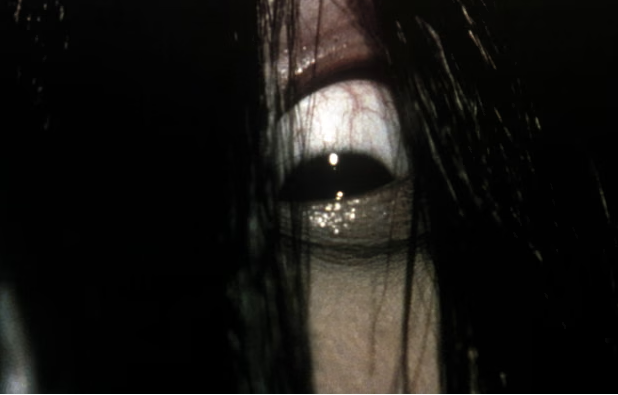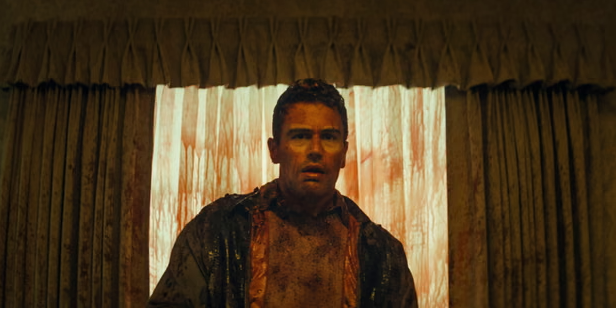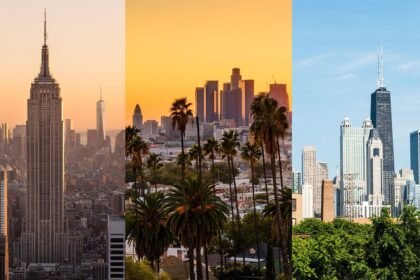The evolution of horror movies shows no signs of slowing down. Each week, new horror titles arrive in cinemas — from reboots and sequels to daring originals that redefine the genre. Whether it’s a fresh take on a gothic legend, a found-footage experiment, or a psychological chiller tackling modern anxieties, horror continues to evolve while captivating audiences and generating massive profits.

Horror as a Mirror of Modern Society
Horror has always served as more than entertainment. Through metaphor and fear, the genre exposes society’s deepest insecurities — death, decay, grief, and human cruelty. While many mainstream genres play it safe, horror dares to confront uncomfortable truths.
Modern films explore themes like:
- Mental health (Smile 2)
- Artificial intelligence (M3GAN)
- Gender identity and trauma (I Saw the TV Glow)
- Climate change and ecological collapse (In the Earth)
- Politics and social decay (The Purge)
By transforming real-world tension into cinematic terror, horror remains the most honest reflection of our time.
From Classic Scares to Modern Evolution
The evolution of horror movies can be traced through decades of innovation. In the 1970s, directors such as George A. Romero and John Carpenter reshaped the genre, moving from gothic castles to everyday America. Their films exposed social unrest, distrust of authority, and fear of change.

By the 1990s, horror drifted into parody and formula. Then came a new spark — The Blair Witch Project (1999). This micro-budget film reinvented horror with found footage, viral marketing, and raw fear. It proved that genuine terror didn’t need big budgets, just authenticity and imagination.
The Digital Age and Global Influence
The 2000s marked another turning point in the evolution of horror movies. The internet, DVDs, and global streaming introduced audiences to international horror. Japanese, Korean, and French filmmakers expanded the genre’s emotional and visual range.https://www.yoursite.com/shock-therapy-horror-movies-evolution
Films like Ring and The Sixth Sense revived supernatural storytelling. Meanwhile, the rise of extreme French cinema and “torture-porn” (e.g., Hostel, Martyrs) tested viewers’ endurance before evolving into today’s mix of psychological and atmospheric terror.

The success of both high-art films like Nosferatu (2025) and low-budget gore-fests such as Terrifier 3 shows that horror now thrives in every form — from arthouse festivals to midnight screenings.
The Rise of the Modern Horror Auteur
The late 2010s ushered in a new creative era. Directors such as Jordan Peele (Get Out), Jennifer Kent (The Babadook), and Ari Aster (Hereditary, Midsommar) elevated horror into cinematic art. Their works combine deep emotional storytelling with visual precision, using dread rather than jump scares to engage audiences.
These filmmakers reject old clichés and embrace social commentary, trauma, and identity. Their approach redefines horror not as a guilty pleasure but as a lens through which to understand the human experience.

Elevated Horror and Industry Transformation
Film festivals such as Sundance, Cannes, and Toronto now feature horror films in their main competitions, validating the genre’s artistic value. Production companies like A24, Neon, and Blumhouse Productions back daring, low-cost projects that yield massive returns.
A24’s Talk to Me and Bring Her Back or Neon’s Longlegs and The Monkey show how independent horror balances risk-taking with mainstream success. The genre’s unique economics — small budgets, high profits — give filmmakers more creative freedom than any blockbuster franchise could allow.
Why Horror Connects So Deeply Today
The ongoing evolution of horror movies reflects a world struggling with uncertainty, polarization, and digital alienation. Horror is no longer an escape — it’s an outlet for collective fear.
Where other genres avoid controversy, horror confronts it head-on. It explores the chaos of real life — corrupt systems, climate anxiety, and societal breakdown — and turns them into stories that let us face fear safely behind a screen.
If humanity is living through its most unsettling era, horror remains the one genre brave enough to face it with eyes wide open.




